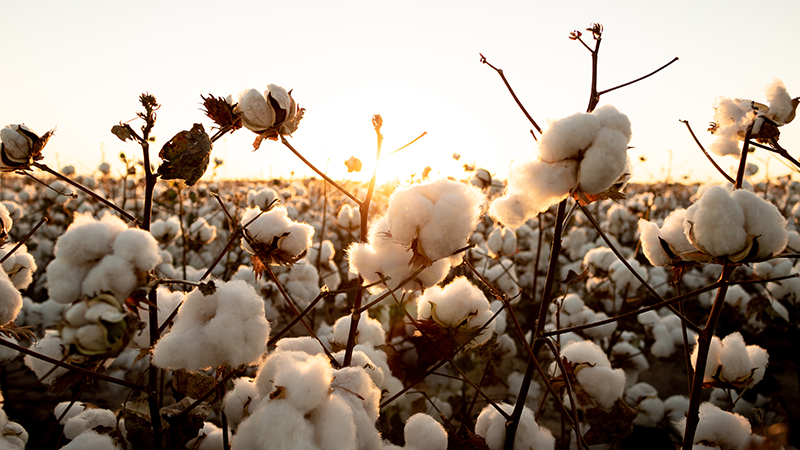Stewardship Is the Key to Protecting Weed Control Technologies
When the registration window closed July 31 for XtendiMax, Engenia and FeXapan, only one new dicamba product – Tavium – was left standing…for now. As reregistration for the other products begins, growers are left speculating about the timing and status of new labels – and what will be left in the herbicide toolbox should new labels be rejected or delayed.
“Growers in west Texas use preplant, at-plant and post-plant residual herbicides to help manage weeds full season,” says Peter Dotray, Texas A&M AgriLife/Texas Tech Extension weed specialist, “and growers need to rely on these inputs regardless of what technology is used in 2021. Dicamba use in XtendFlex cotton and Enlist herbicides in Enlist cotton have definitely helped manage glyphosate-resistant and other troublesome weeds, but neither technology is stand-alone.
“No one knows what the options will be in 2021, but this we know – soil residual herbicides will continue to play an important role,” he explains. “Whenever we lose a postemergence option to herbicide resistance or loss in the marketplace, the result is that soil-active herbicides become that much more important.”
Stanley Culpepper, University of Georgia Extension weed specialist, is optimistic about reregistration.
“Our efforts are focused on generating science to support the reregistration of the dicamba products by improving on-target applications while also improving weed management systems to minimize the potential for resistance development,” states Culpepper. “I’m confident that our data and effective stewardship programs will prove to regulators that Georgia can continue to use these tools effectively. We are getting better every year with our pesticide stewardship efforts, and we know we must keep getting better every day!
“If we are faced with the loss of any tool, we as agriculturalists will come together and overcome the challenge just as we have done forever,” he adds, “although it will not be simple or economical.”
Troubling Signs of Resistance
A key problem driving the reregistration effort showed up in fields this year in northeast Arkansas and west Tennessee. In recent blog posts, Tennessee Extension Weed Specialist Larry Steckel and Arkansas Extension Weed Specialist Tom Barber both noted concerns about low levels of tolerance to dicamba and new 2,4-D formulations in pigweed.
“The level of dicamba resistance is relatively low,” writes Steckel. “The level of infestation in any given field ranges from a small pocket where a mother plant went to seed in 2019 to an area covering several acres in a field. This would be comparable to the first documented glyphosate-resistant Palmer amaranth found in Tennessee back in 2006.”
Likewise, Barber has noted some slippage in the control provided by dicamba, 2,4-D – and even glufosinate.
“Many fields in the area appear clean, and weed control programs appeared to work well,” says Barber. “What these few problem fields are showing us is the potential future issues we are likely to have. This should not be a big surprise.”
Rather than panic, both specialists say it’s time to reassess weed management programs for better stewardship of the herbicide tools available.
“We are coming to a breaking point where a multi-faceted approach to weed management will be required moving forward,” states Barber. Steckel agrees, noting, “A pre applied residual on Palmer is now a necessity. And timely applications of Liberty must be used shortly after a dicamba application to remove escapes.”









